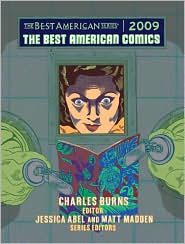Extremely Loud & Incredibly Close
Book #27 on my '06 reading list was Jonathan Safran Foer's Extremely Loud & Incredibly Close.
I'm not going to write a ton about this one since a) I actually finished it quite some time ago and I've just been too lazy to actually post about it and b) since it's a relatively recent novel and was fairly popular it's easy to find detailed reviews all over the internets. If you're looking for a good summary of the book check out Wikipedia. You can also find a brazillion reviews on MetaCritic or get a taste of the book by reading an excerpt.
The novel centers around nine-year old Oskar Schell, a young boy who has recently lost his father in 9/11. Oskar is an inventor, a vegetarian, a jewelry designer, writes letters to Stephen Hawking, and somehow toes the line between being wise well beyond his years while still remaining a naive young child. Foer's work is packed with big ideas and complex characters like Oskar. He weaves his way through several literary devices, narrative voices, flashbacks, photos, post-modern techniques such as a chapter in which red ink marks up all of the grammatical and spelling errors, etc. Juggling around so many ideas is something only a few authors could even aspire to. Foer doesn't always succeed, but the fact that he is able to come as close as he does to pulling it all off is a tribute to his talent.
All in all I enjoyed the book though I'd recommend reading Foer's debut novel, Everything is Illuminated, first if you aren't familiar with his works.

Labels: books



0 Comments:
Post a Comment
<< Home